Witnessing Yazd’s Nakhl Gardani: A Captivating Tradition
Nakhl Gardani Ritual in Yazd, Iran

Nakhl-Gardani is one of the most important mourning ceremonies observed in Muharram in different parts of Iran.
One of the most important mourning ceremonies observed in Muharram in different parts of Iran is Nakhl-Gardani.
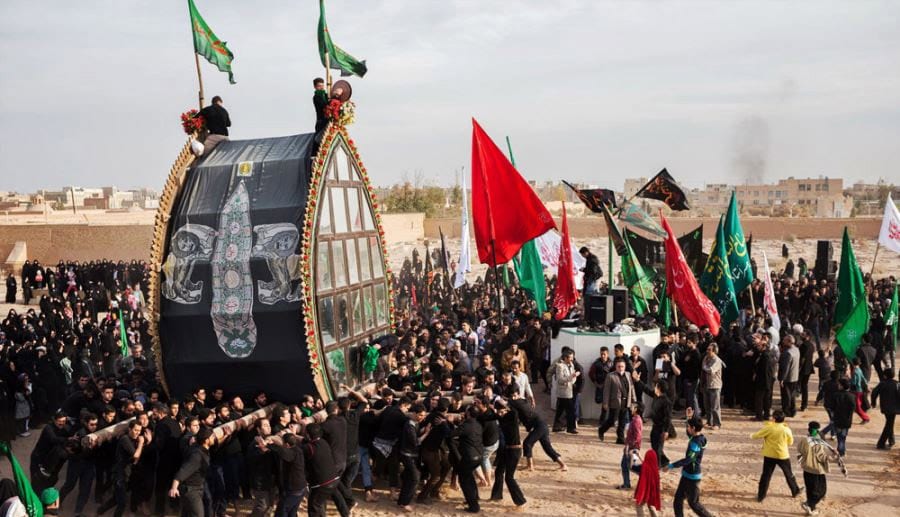
Cities and villages such as Semnan, Damghan, Khomeini, Qom, Kashan, Abyaneh, Khor-Biabanak, Zavareh, Ardestan and Naeen near the central desert of Iran are major centers for holding Nakhl-Gardani ceremony.
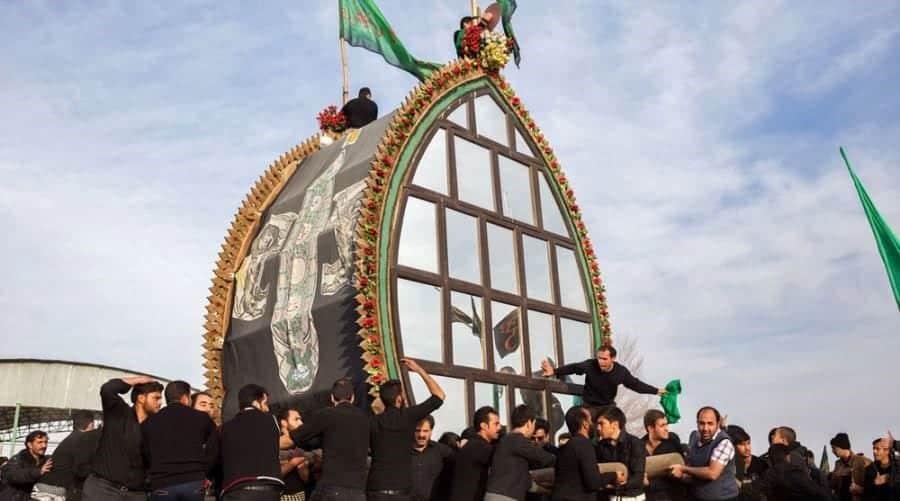
Nakhl-Gardani Ceremony in Yazd
The most important Nakhl-Gardani ceremonies are held across Yazd province.
Nakhl symbolizes the coffin (casket) of Imam Hussein. It is a scaffold shaped like a tree leaf. Mourners cover Nakhl, which is largely made of wood, with black fabrics and hang hundreds of swords and daggers from it.
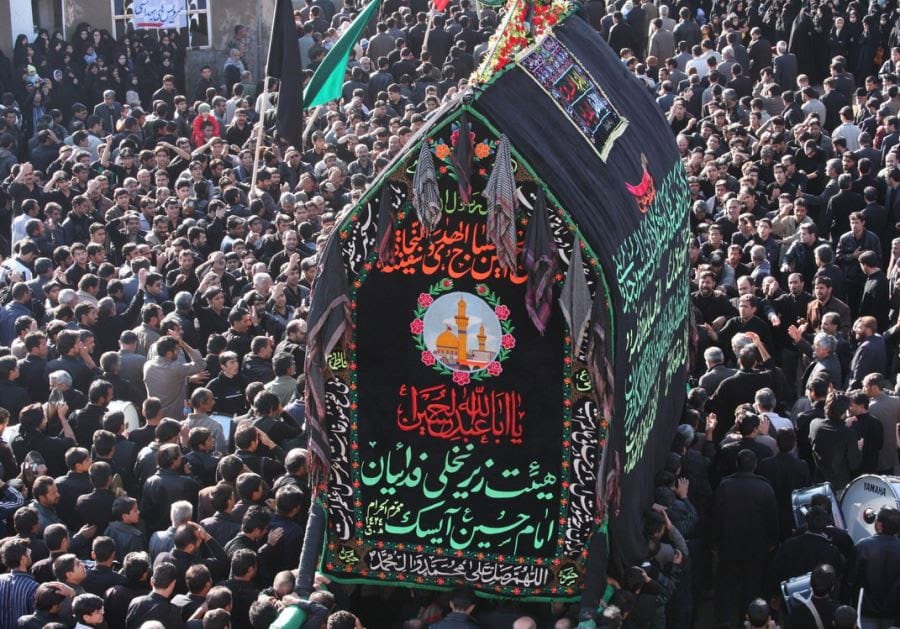
It also has other decorations such as mirrors, fruits, decorative knots and silk clothes, which are tied at two sides of Nakhl.
As they are very heavy, Nakhl is lifted by mourners and carried in circles.
Collecting money or food for cooking Nazri (food cooked for mourners) is one of the most common customs.
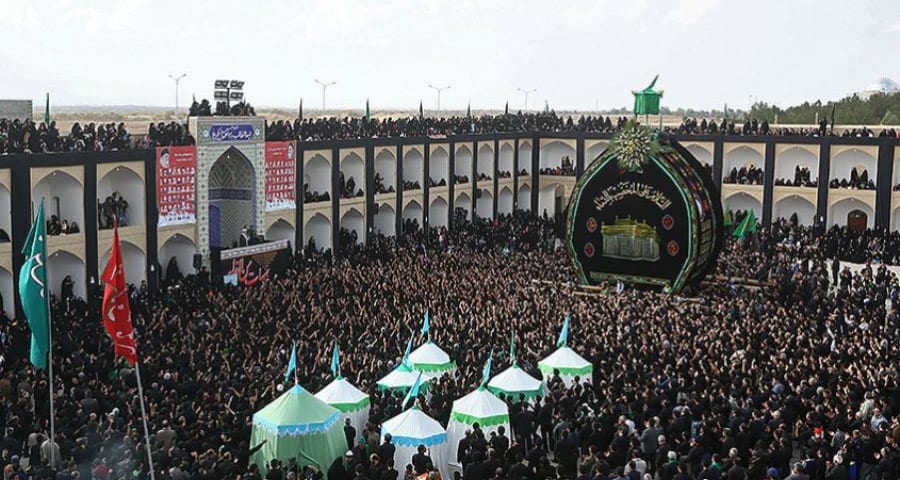
Large copper pots are placed in public places such as major squares, intersections, pilgrimage sites and busy routes on the first day of Muharram.
Every pot belongs to a certain religious group or Hosseinieh (a prayer or religious center, especially for organizing commemorative events).
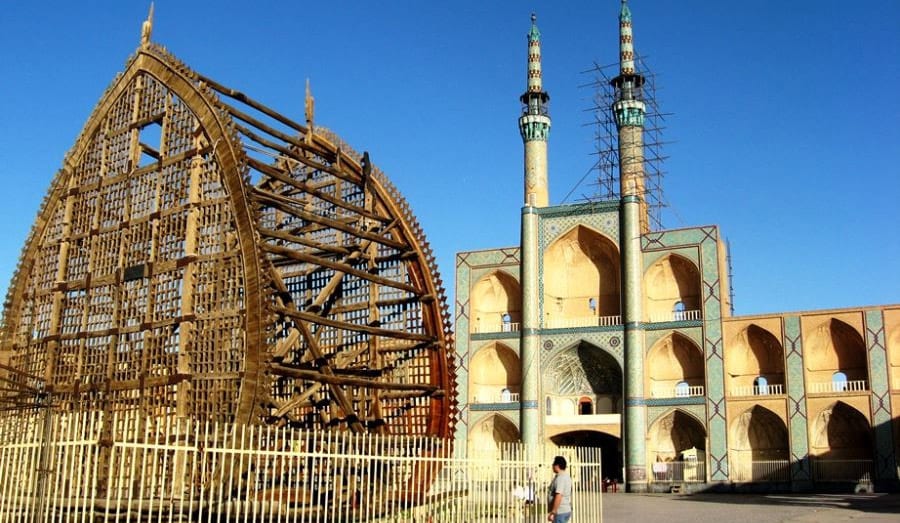
Those who have a wish put money or foodstuff, such as cereals, rice and sugar in the pots. The pots are collected before the ninth day of Muharram.
Other ceremonies such as Rowzeh-Khani (religious sermon), Sineh-Zani (beating the chest as a sign of grief) and slaughtering cattle are held alongside Nakhl-Gardani.
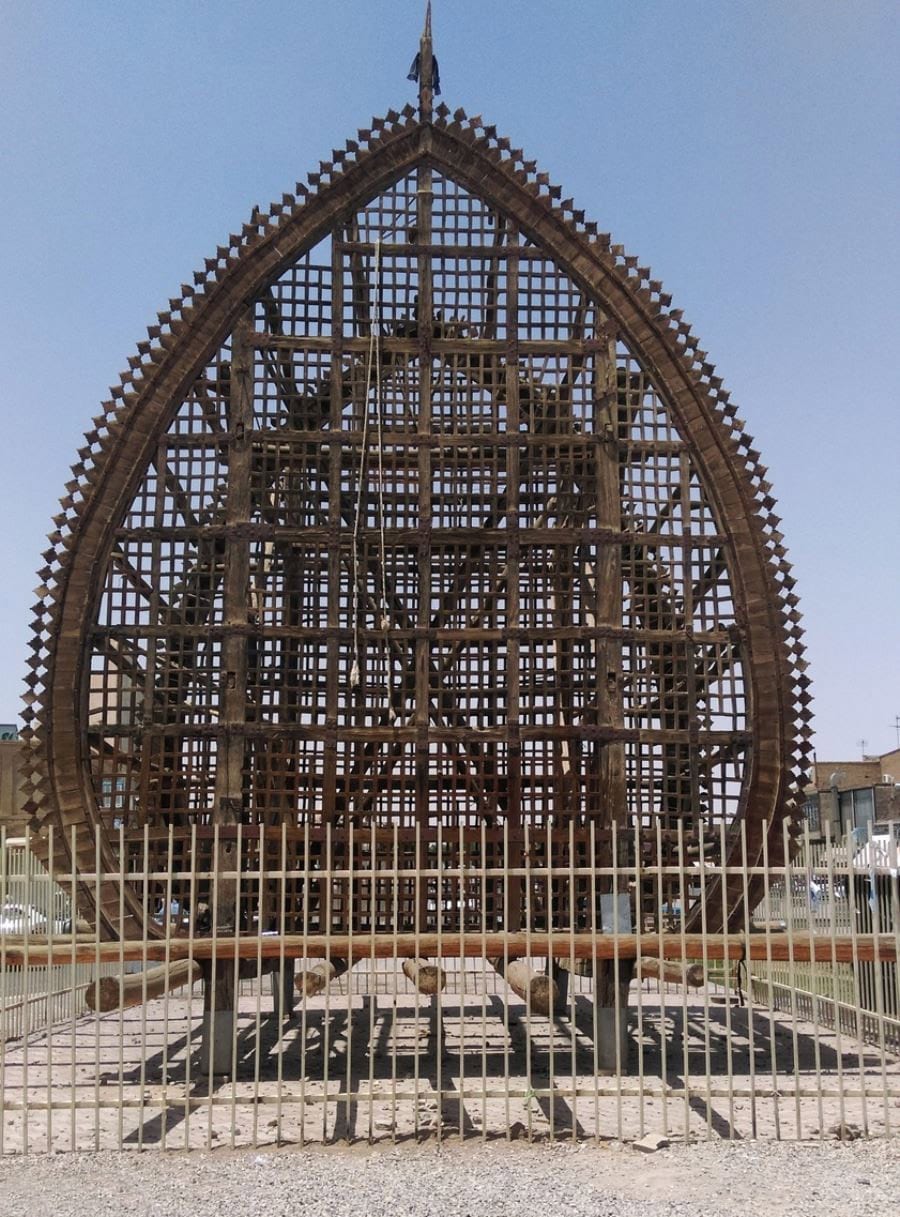
The city of Taft boasts the largest Nakhl of Yazd province. Millions of mourners attend this ceremony during Ashura every year.
Amir Chakhmaq Square in Ashura
The ceremony in Amir Chakhmaq starts when the heavy decorated Nakhl is carried on the shoulders of hundreds of male mourners, old or young, symbolising the coffin of Imam Husseinand his martyr companions. This ritual is called Nakhl-Gardani (litterally carrying and turning the Nakhl).
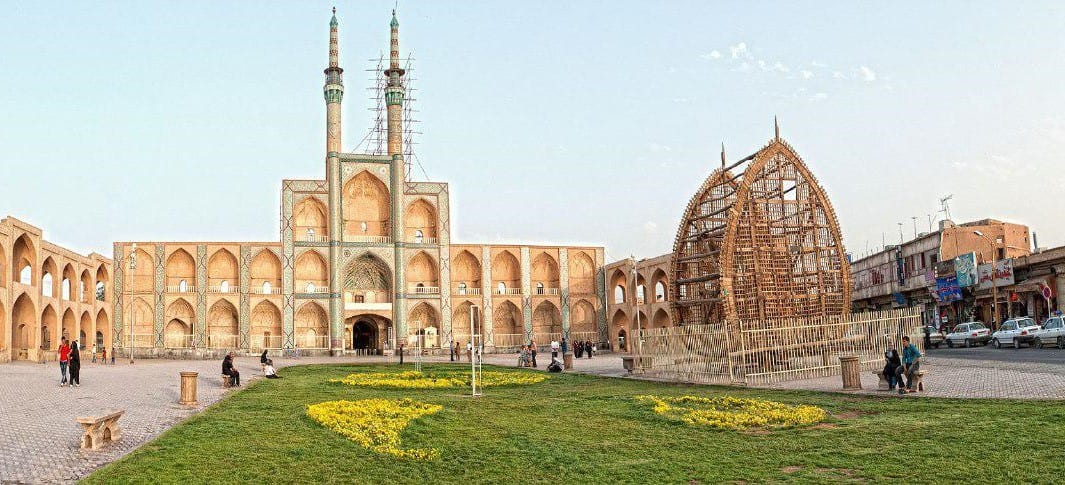
Almost all the other male mourners gather in the center and the women on a bigger circle around them and on the rooftop of the buildings nearby.
The population is said to reach millions, especially in nearby town of Taft where so many tourists also visit to watch the ceremony.
There are some guys standing on top of the Nakhl, among them an old Sayyed (descendant of prophet) chants Ya Hussein and guides the passionate mourners carrying it, so that no one is left under.
They turn the Nakhl several times around the square and at the same time the people cry out religious chants.
The Nakhl becomes even heavier when is decorated by swords and daggers. But people hold and move it amazingly in harmony.
The Sham-e Ghariban
After the Nakhl-Gardani ritual, people continue mourning and listening to the religious sermons until sundown. After the night prayers, they hold the Sham-e Ghariban (literally the night of the strangers) as candlelight vigil for the martyrs of Karbala.
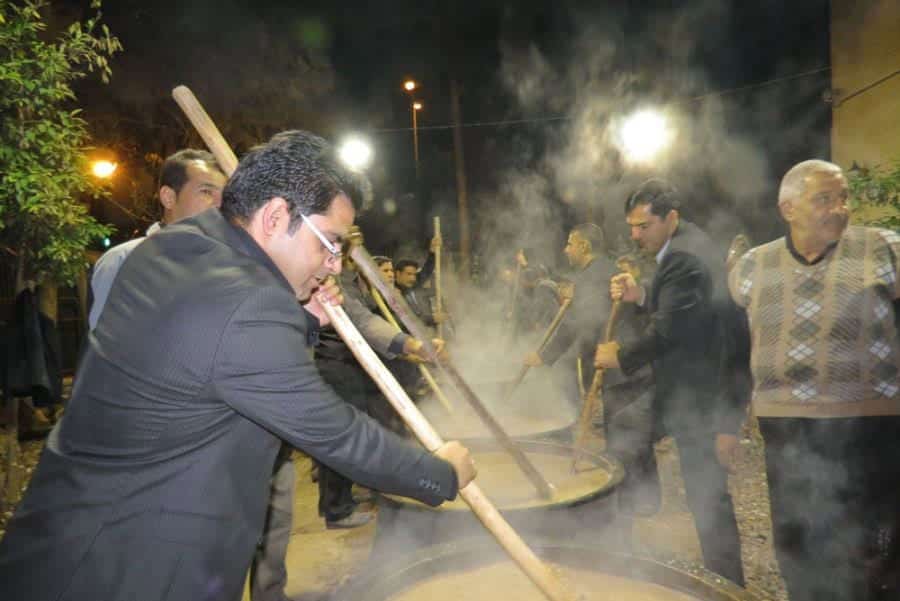
Children often go to different districts holding candles and light up the streets, symbolizing children of Imam Hussein and his companions who search for the corpses in the dark night of the Karbala desert.
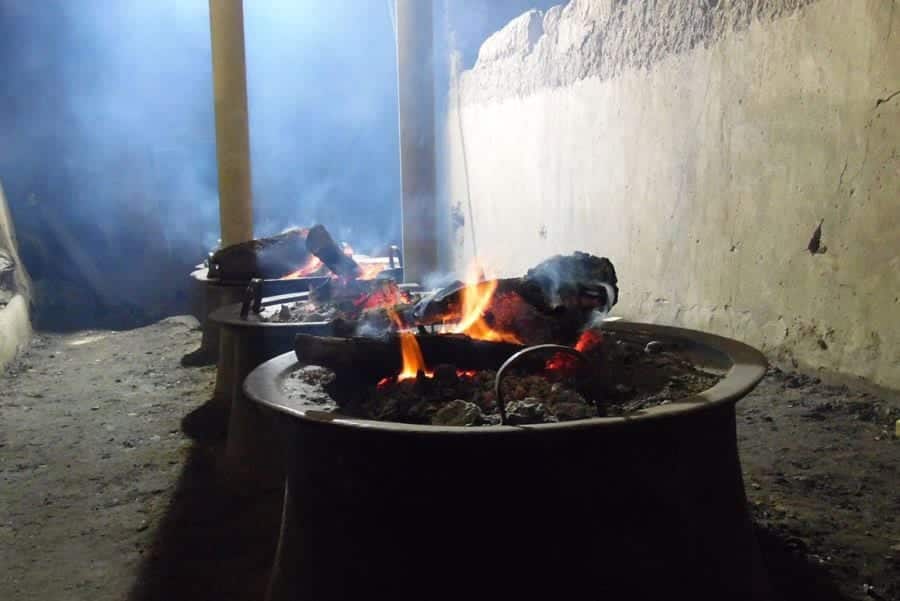
And that is how and when the massive rituals to observe the first ten days of Moharram end in Yazd.
Muharram – The Story of Imam Hussein
Muharram is a month of remembrance and modern Shia meditation that is often considered synonymous with Ashura. Ashura, which literally means the “Tenth” in Arabic, refers to the tenth day of Muharram. It is well-known because of historical significance and mourning for the murder of Hussein ibn Ali, the grandson of Muhammad.
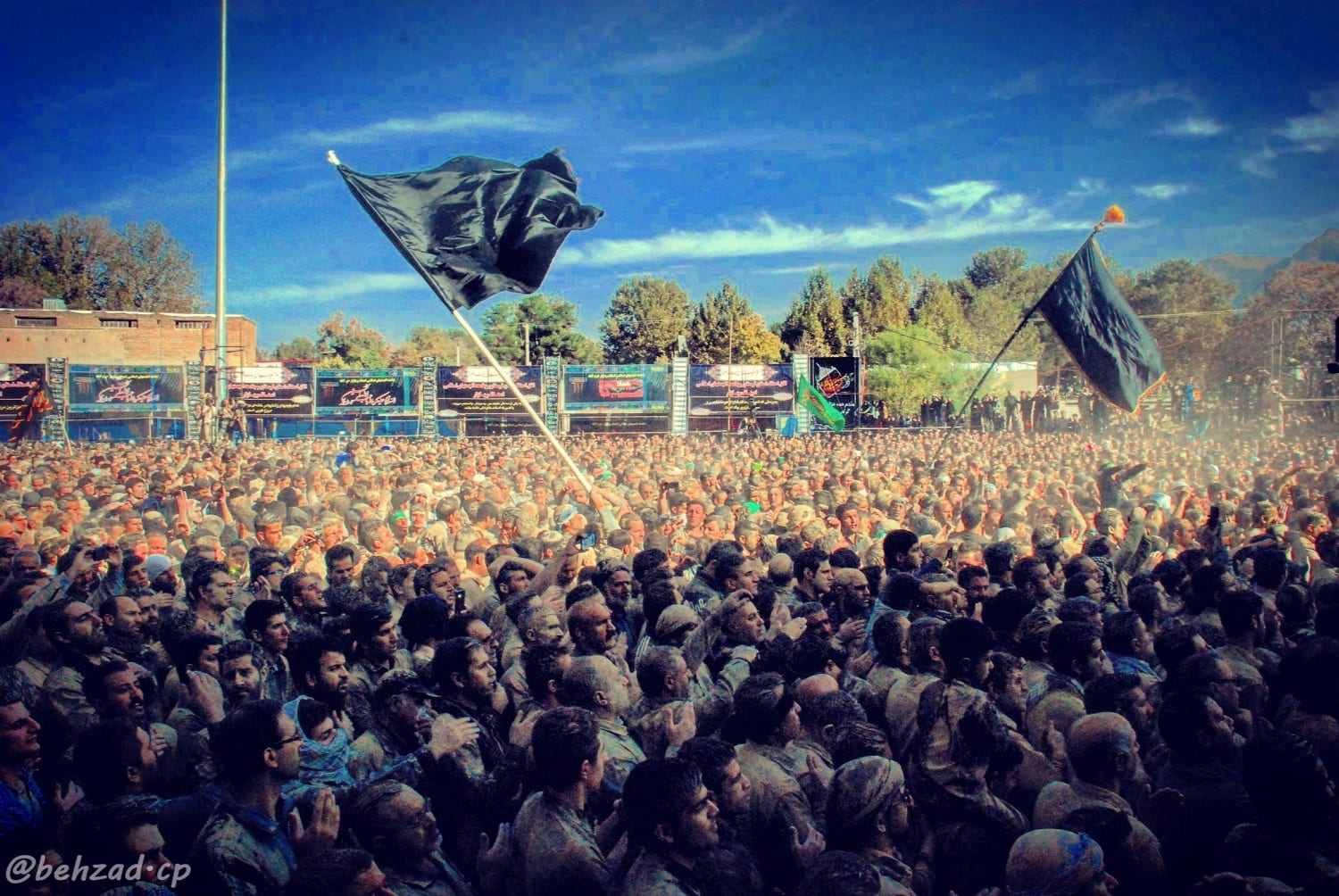
Shiite begin mourning from the first night of Muharram and continue for ten nights, climaxing on the 10th of Muharram, known as the Day of Ashura.
The last few days up until and including the Day of Ashura are the most important because these were the days in which Imam Hussein and his family and followers (including women, children and elderly people) were deprived of water from the 7th onward and on the 10th, Imam Hussain and 72 of his followers were killed by the army of Yazid I at the Battle of Karbala on Yazid’s orders.
The surviving members of Imam Hussein’s family and those of his followers were taken captive, marched to Damascus, and imprisoned there.
Read More



